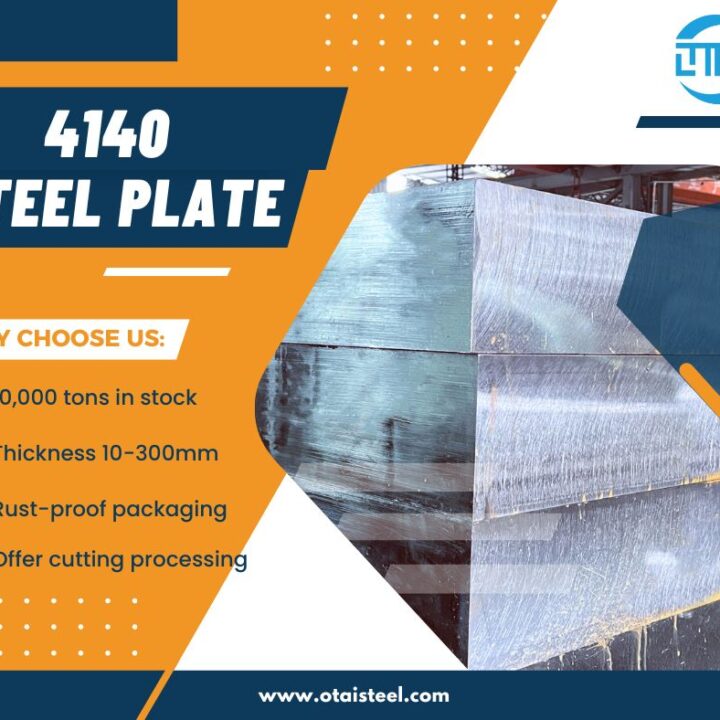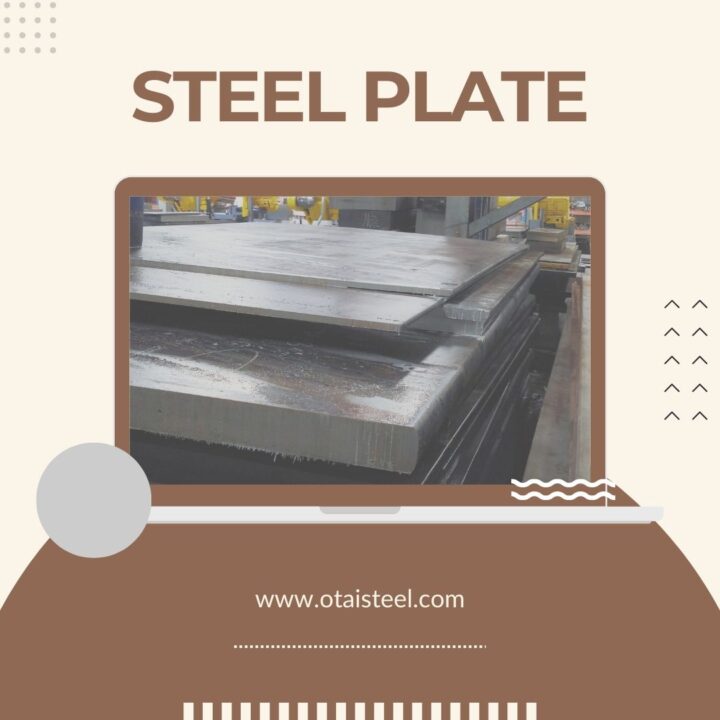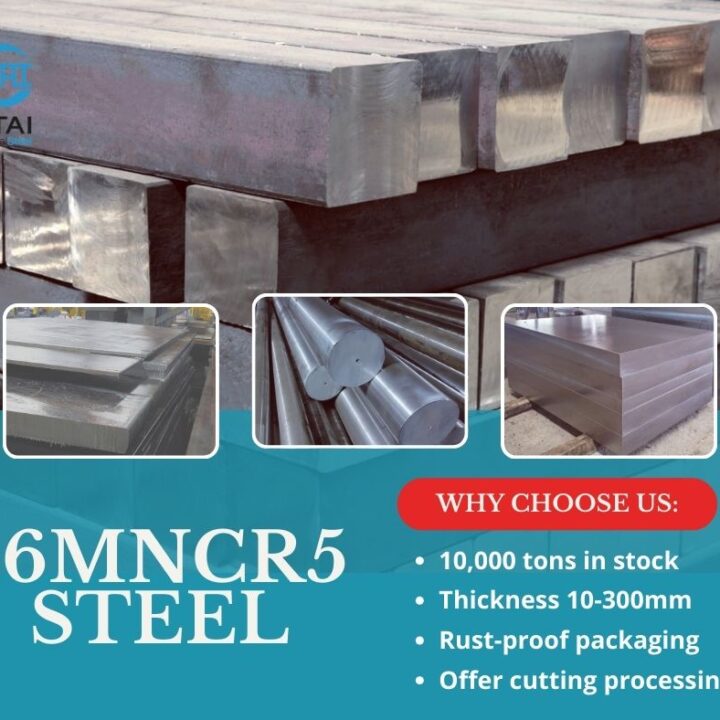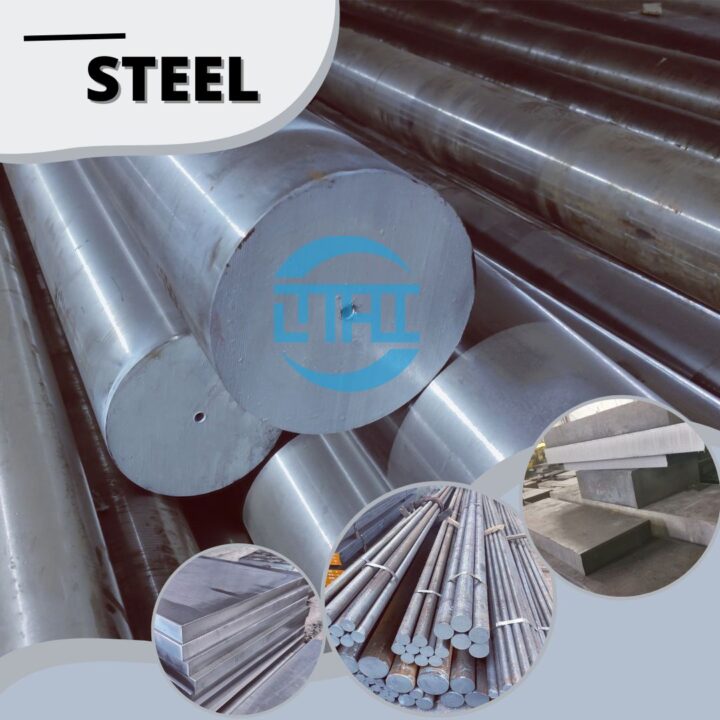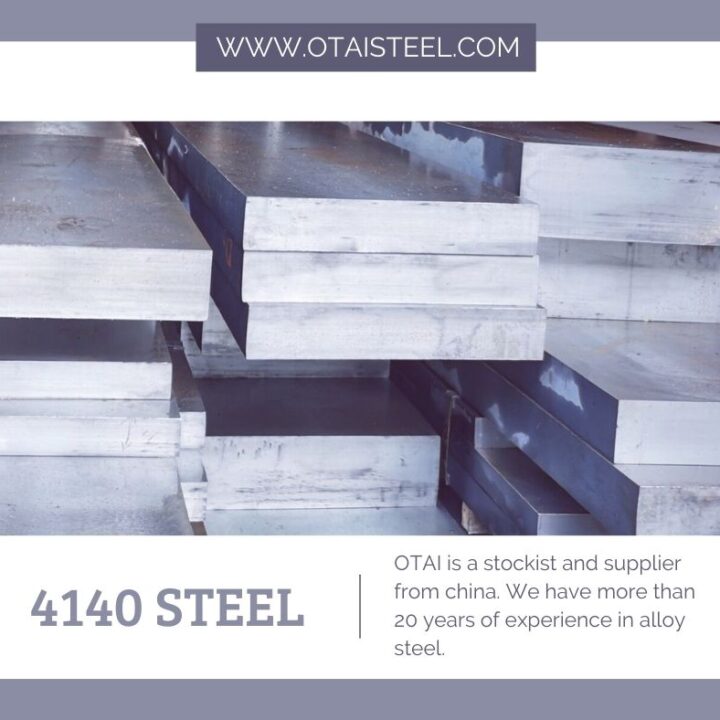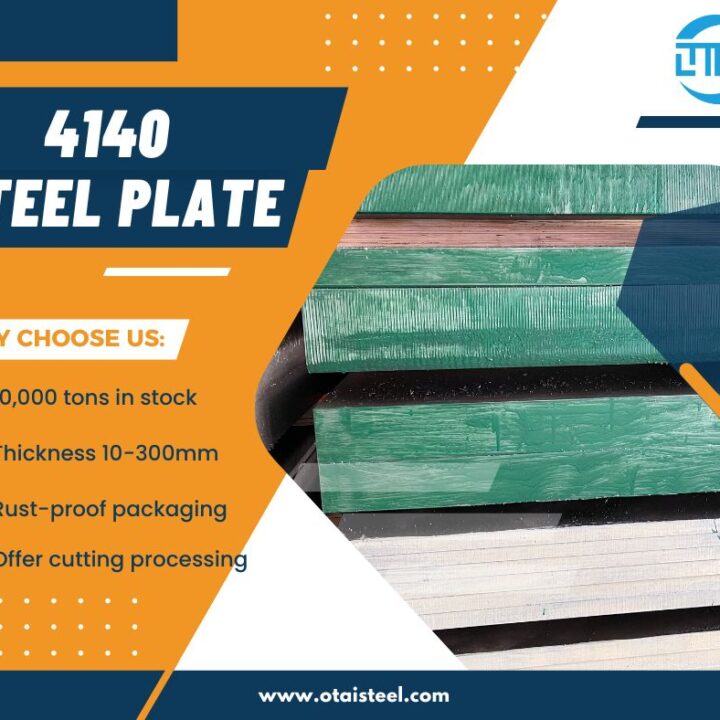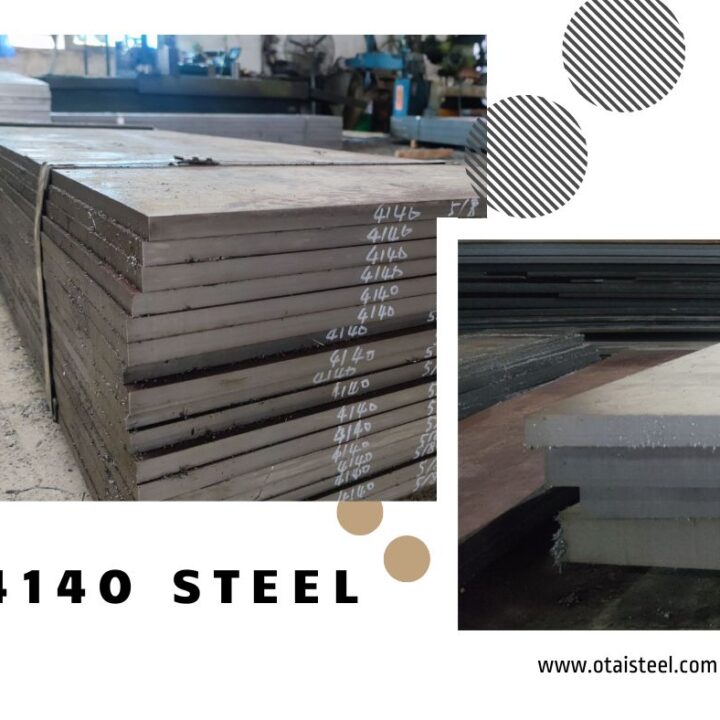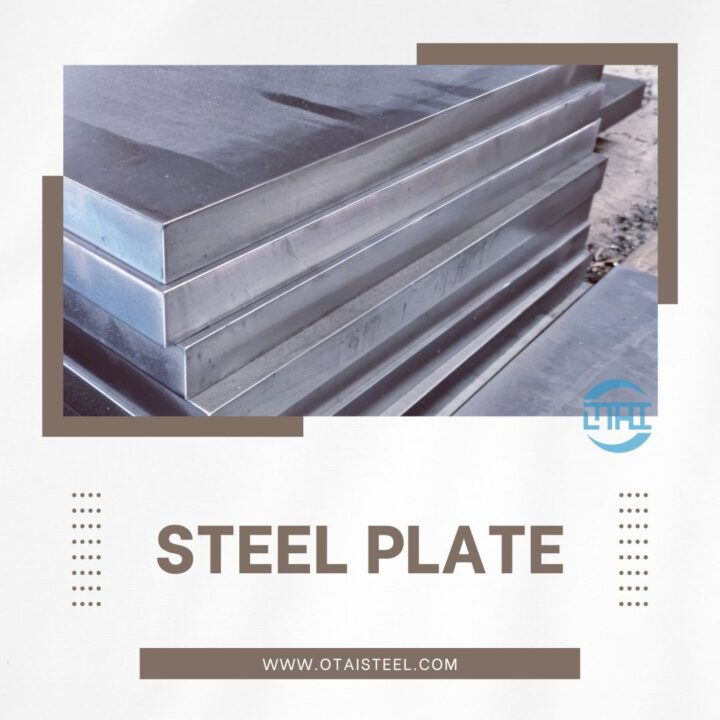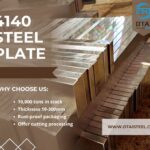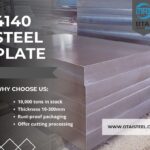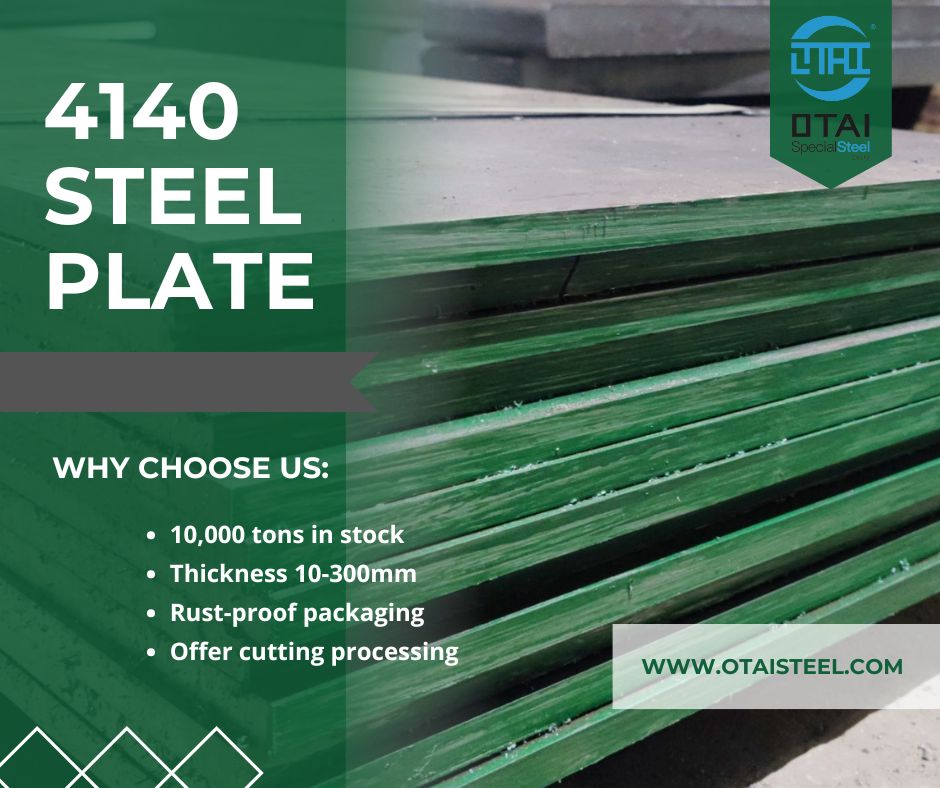 Steel 4140 Properties: An In-Depth Guide to Its Strength and Versatility
Steel 4140 Properties: An In-Depth Guide to Its Strength and Versatility
4140 steel is a widely used alloy steel known for its excellent mechanical properties, making it perfect for high-stress applications. This material is highly regarded across industries for its strength, toughness, and wear resistance. Whether you’re working in the automotive, aerospace, or manufacturing sector, understanding 4140 steel properties helps you choose the right material for your project. In this article, we’ll dive into 4140 steel’s properties, including its chemical composition, mechanical features, heat treatment methods, and common uses.
🌟 What is 4140 Steel?
4140 steel is a chromium-molybdenum alloy steel with the following key components:
-
Carbon (C): 0.38–0.43%
-
Chromium (Cr): 0.80–1.10%
-
Molybdenum (Mo): 0.15–0.25%
-
Manganese (Mn): 0.60–0.90%
-
Silicon (Si): 0.20–0.35%
These alloying elements provide 4140 steel with remarkable strength, toughness, and wear resistance. The material also responds well to heat treatment, which further enhances its performance in demanding applications.
🔧 Mechanical Properties of 4140 Steel
The mechanical properties of 4140 steel are key to its versatility and strength. Let’s break down these important characteristics:
| Property | Value |
|---|---|
| Tensile Strength | 850–1000 MPa |
| Yield Strength | 600–900 MPa |
| Elongation | 20%–30% (depends on heat treatment) |
| Hardness | 28–35 HRC |
| Impact Toughness | High resistance to impact and fatigue |
| Fatigue Strength | Excellent fatigue resistance |
1. Tensile Strength
4140 steel generally has a tensile strength ranging from 850 MPa to 1000 MPa, which allows it to resist high tensile loads without breaking. This feature makes it ideal for parts that need to withstand significant stress.
2. Yield Strength
The yield strength of 4140 steel is between 600 MPa and 900 MPa, ensuring it won’t deform permanently under heavy loads. This is particularly important for components that need to maintain their shape and integrity in high-stress environments.
3. Elongation
With an elongation of 20% to 30%, 4140 steel can stretch before breaking, which helps to prevent cracking under pressure and adds flexibility to high-strength applications.
4. Hardness
The hardness of 4140 steel is typically between 28 and 35 HRC, which provides a good balance of wear resistance while maintaining the material’s toughness.
5. Toughness and Fatigue Resistance
4140 steel has high toughness and fatigue resistance, making it an excellent choice for parts that face repeated stress, impacts, and wear.
🌍 Heat Treatment and Its Effect on 4140 Steel
One of 4140 steel’s key advantages is its ability to undergo heat treatment, which allows it to be customized for specific applications. Different heat treatments enhance the steel’s mechanical properties to meet the specific requirements of the job:
-
Quenching and Tempering: Quenching involves heating the steel and rapidly cooling it, which increases its tensile strength and hardness. Tempering softens the steel to improve its toughness, ensuring that the material doesn’t become too brittle.
-
Annealing: This process softens the steel by heating it and then cooling it slowly. Annealing improves the machinability of 4140 steel and relieves internal stresses.
-
Normalizing: Normalizing involves heating 4140 steel to a specific temperature and cooling it in air. This treatment refines the grain structure, resulting in better consistency and improved toughness.
Each treatment method allows 4140 steel to meet different mechanical performance requirements, depending on the application.
🏗️ Applications of 4140 Steel
Below are a few of its common applications:
| Industry | Applications | Why Choose 4140 Steel? |
|---|---|---|
| Automotive | Crankshafts, Axles, Suspension Components | Strength and impact resistance make it ideal for high-stress parts. |
| Aerospace | Landing Gear, Structural Components | Fatigue resistance and toughness for critical parts. |
| Manufacturing | Gears, Spindles, Shafts | Wear resistance and ability to withstand high-pressure conditions. |
| Oil & Gas | Drill Bits, Downhole Tools, Valves | Resists harsh conditions and cyclic loads. |
1. Automotive Industry
In the automotive industry, 4140 steel is widely used for making crankshafts, axles, and suspension components. The material’s combination of high strength and impact resistance makes it an excellent choice for these demanding applications.
2. Manufacturing Industry
4140 steel is ideal for making gears, spindles, and shafts in manufacturing. Its wear resistance and strength allow it to perform well in high-pressure environments.
3. Oil & Gas Industry
The oil and gas industry uses 4140 steel for drill bits, downhole tools, and valves. The steel’s ability to resist pressure and wear makes it an excellent choice for critical equipment in harsh environments.
🏆 Why Choose Otai Special Steel for 4140 Steel?
At Otai Special Steel, we offer premium-quality 4140 steel with the following advantages:
-
Large Inventory: We maintain a stock of over 10,000 tons of 4140 steel, ensuring timely delivery.
-
Customization: We offer cutting, heat treatment, and surface finishing services to meet your exact specifications.
-
Quality Assurance: Every batch of 4140 steel undergoes strict quality control, including chemical analysis and mechanical testing.
-
Global Reach: With years of experience, we supply top-quality steel to industries worldwide, ensuring reliable and durable materials for your projects.
❓ FAQ: Common Questions About 4140 Steel
Q1: What makes 4140 steel a preferred choice in demanding applications?
A1: 4140 steel combines high strength, toughness, and wear resistance, making it suitable for applications where reliability and durability are critical.
Q2: Can 4140 steel be welded?
A2: Yes, 4140 steel can be welded, but proper techniques and preheating may be necessary to prevent cracking, especially in hardened states.
Q3: What is the best heat treatment for 4140 steel?
A3: The optimal heat treatment for 4140 steel depends on the intended use. For strength and hardness, quenching and tempering are ideal, while normalizing may be used to improve toughness.

